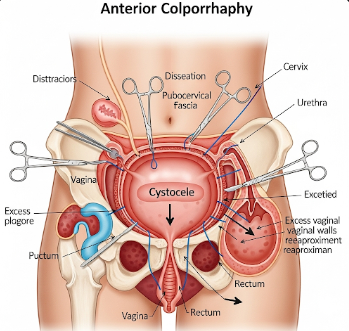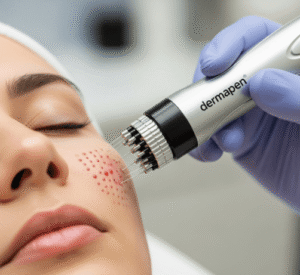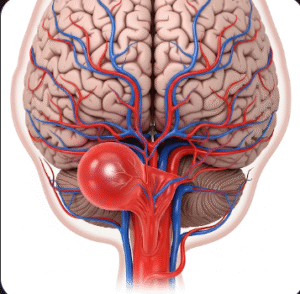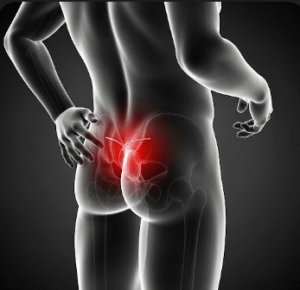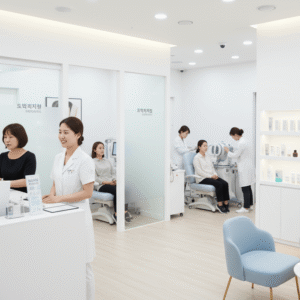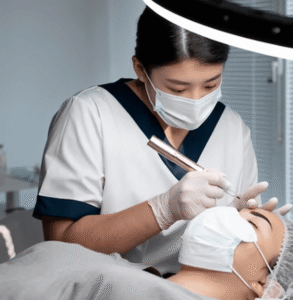Overview
Anterior repair is a surgical procedure commonly performed to correct anterior hernias or anterior pelvic organ prolapse, depending on the context. In orthopedics, it may refer to anterior ligament or joint repairs, while in gynecology, it often addresses anterior vaginal wall prolapse (cystocele).
In Korea, anterior repair surgeries are carried out in specialized hospitals by experienced surgeons, using advanced surgical techniques and minimally invasive approaches. Patients benefit from high success rates, reduced complications, and structured post-operative rehabilitation.
What is Anterior Repair?
Anterior repair involves surgically reinforcing weakened tissues at the front (anterior) part of a structure:
- In hernia repair: Strengthening the anterior abdominal wall to prevent recurrence
- In pelvic floor repair: Reconstructing the anterior vaginal wall to support the bladder and urethra
- In orthopedic surgery: Repairing anterior ligaments (e.g., anterior cruciate ligament) or joint structures to restore stability and function
Key points:
- Corrects structural weaknesses and restores normal anatomy
- Reduces pain, discomfort, and functional impairment
- Can be performed using open surgery or minimally invasive techniques
- Goal: long-term stability, improved function, and prevention of recurrence
What are the benefits?
- Relieves discomfort or pain caused by hernia, prolapse, or ligament injury
- Restores anatomical support and function
- Improves quality of life and physical activity
- ✅ Minimally invasive options available with smaller incisions and faster recovery
- ✅ Reduces risk of recurrence compared to conservative management
- ✅ In Korea, surgeons employ advanced imaging and precision surgical tools to optimize outcomes
Procedure Details
1) How should I prepare for Anterior Repair?
- ➤ Preoperative evaluation: Blood tests, imaging (ultrasound, MRI, CT), and physical assessment
- ➤ Discuss current medications, allergies, and comorbidities
- ➤ Fasting instructions if general anesthesia is required
- ➤ Pre-surgery counseling regarding procedure type, risks, recovery, and rehabilitation
- ➤ Arrange for transportation and post-operative support, especially if mobility is limited
2) What happens during the procedure Anterior Repair?
- ✅ Performed under general or regional anesthesia
- ✅ Incision is made at the anterior aspect of the affected region
- ✅ Damaged or weakened tissues are repaired or reinforced
- In hernia repair: mesh or sutures strengthen the abdominal wall
- In pelvic floor repair: anterior vaginal wall is reconstructed and anchored
- In orthopedic repair: ligaments or joint structures are sutured or reconstructed
- ✅ Duration typically ranges from 30 minutes to 2 hours, depending on complexity
- ✅ Minimally invasive techniques may use laparoscopic or robotic assistance
3) What happens after an Anterior Repair?
- ➤ Patients are monitored for vital signs, bleeding, and immediate complications
- ➤ Pain management and antibiotics may be prescribed
- ➤ Gradual resumption of activities, avoiding heavy lifting initially
- ➤ Postoperative follow-up to ensure healing and proper tissue integration
- ➤ Physical therapy may be recommended for strength, mobility, and function restoration
Risks / Benefits
Potential Risks:
- ➤ Infection at the surgical site
- ➤ Bleeding or hematoma formation
- ➤ Recurrence of hernia or prolapse
- ➤ Nerve or tissue injury
- ➤ Pain, swelling, or limited mobility
Benefits:
- ✅ Restores structural integrity and stability
- ✅ Reduces pain and discomfort
- ✅ Minimally invasive options lead to smaller scars and faster recovery
- ✅ Prevents future complications or progression of the condition
- ✅ In Korea, advanced surgical techniques minimize complications and optimize outcomes
Recovery and Outlook
- Hospital stay: Usually 1–3 days depending on procedure type and complexity
- Activity: Light activity initially; heavy lifting or strenuous activity avoided for 4–6 weeks
- Postoperative care: Wound care, pain management, and gradual physical therapy
- Full recovery: Typically 6–12 weeks for most patients
- Lifestyle: Maintain healthy body weight, avoid strain, and follow rehabilitation guidance to prevent recurrence
When To Call the Doctor
- ➤ Signs of infection: redness, swelling, or discharge
- ➤ Severe or persistent pain not relieved by medications
- ➤ Numbness, tingling, or functional limitations
- ➤ Bleeding or unusual swelling at the surgical site
- ➤ Recurrence of hernia or prolapse symptoms
Best Korea Option / Process
- ✅ Korea offers specialized hospitals and clinics for anterior repair procedures
- ✅ Use of advanced surgical techniques, robotic assistance, and minimally invasive approaches
- ✅ Postoperative care includes pain management, wound monitoring, and rehabilitation programs
- ✅ International patients benefit from VIP services, English-speaking staff, and coordinated care
- ✅ High success rates and modern surgical methods make Korea a preferred destination for anterior repair surgeries

